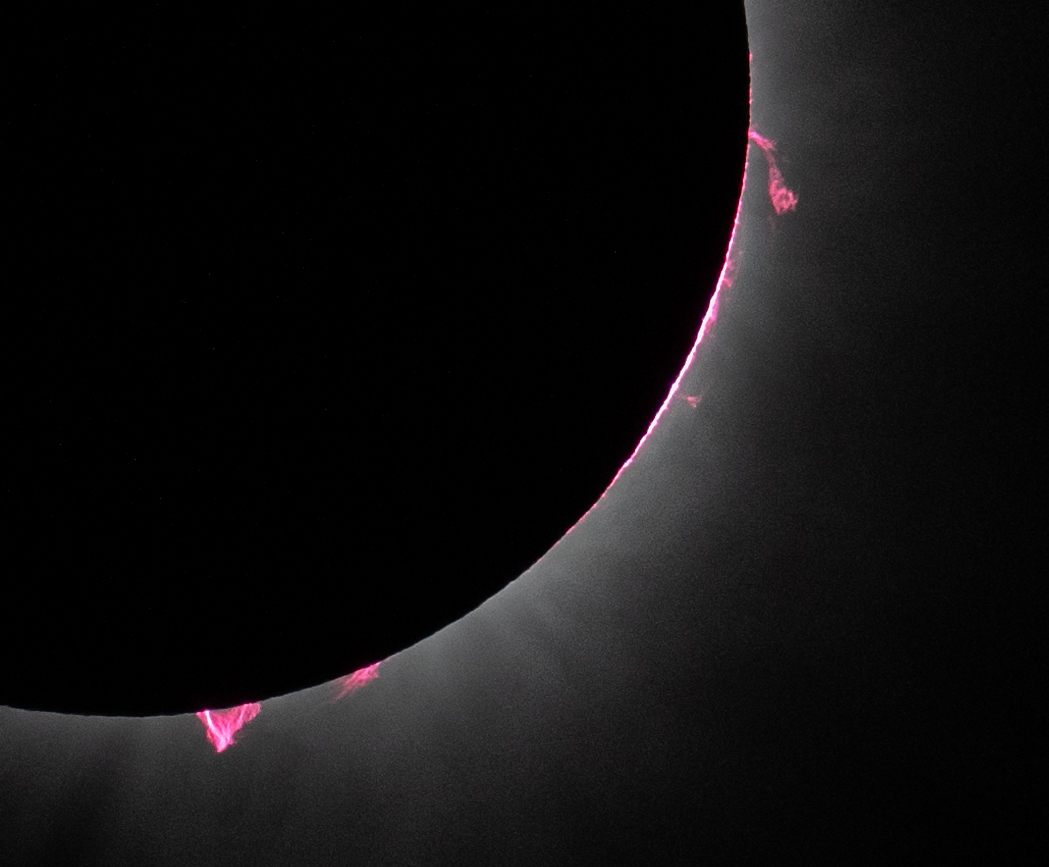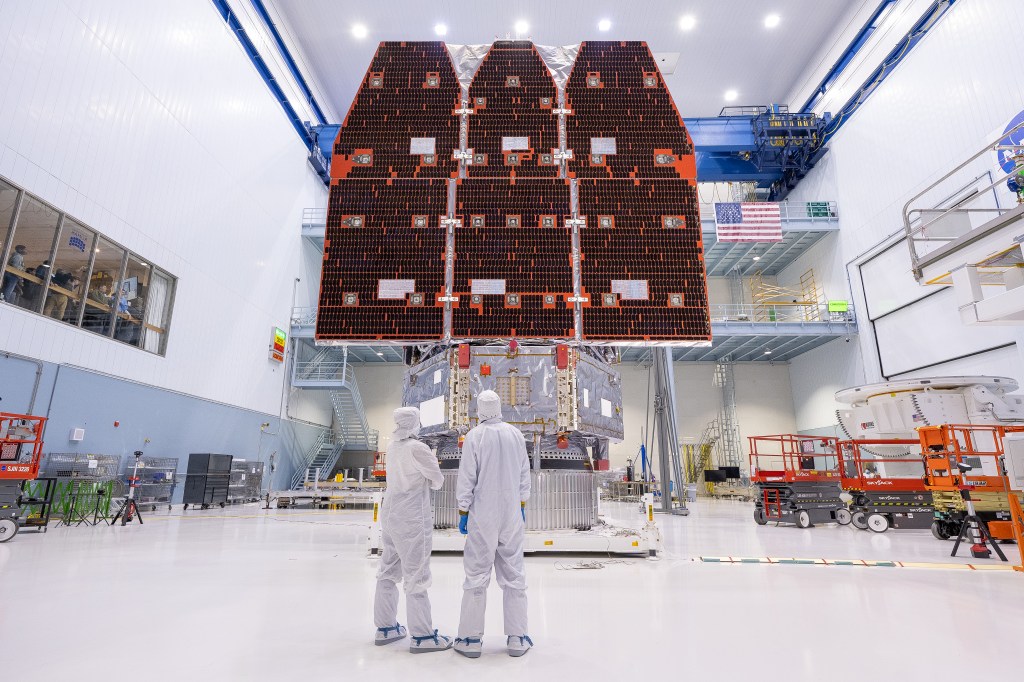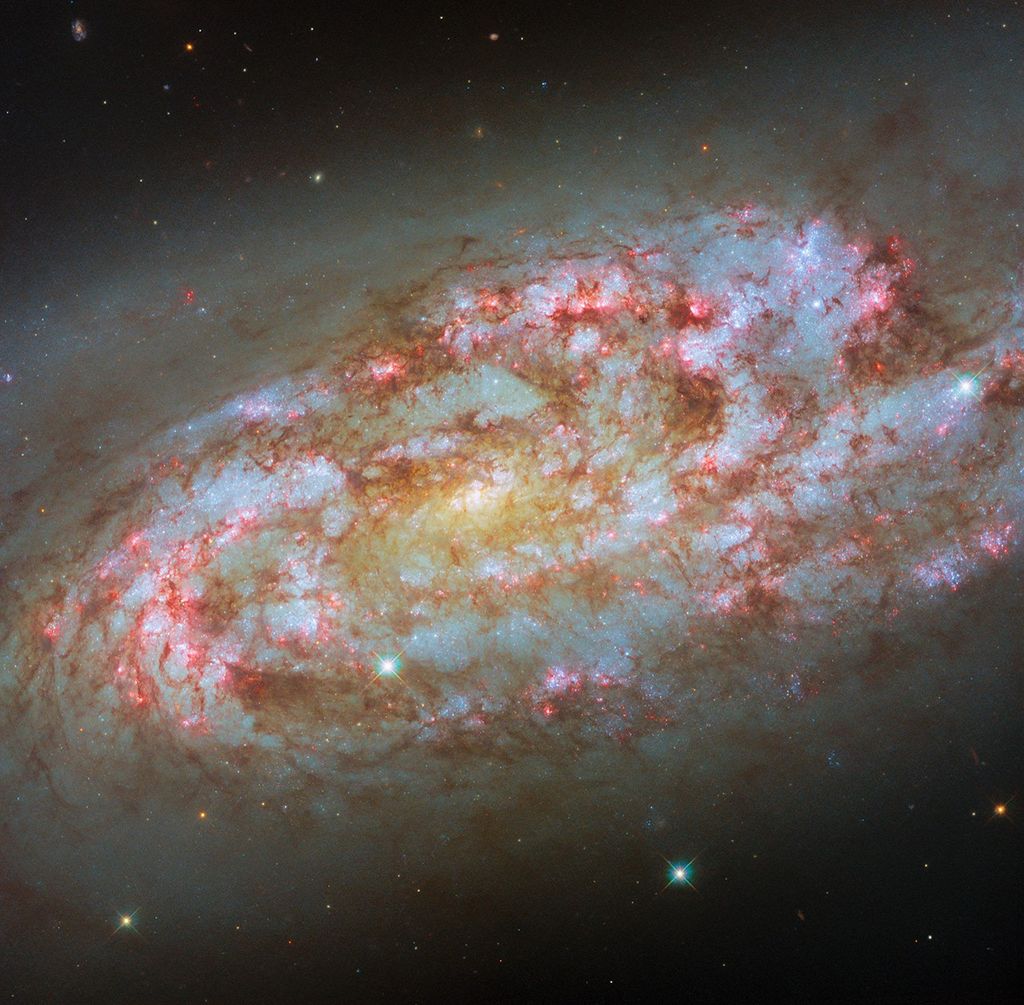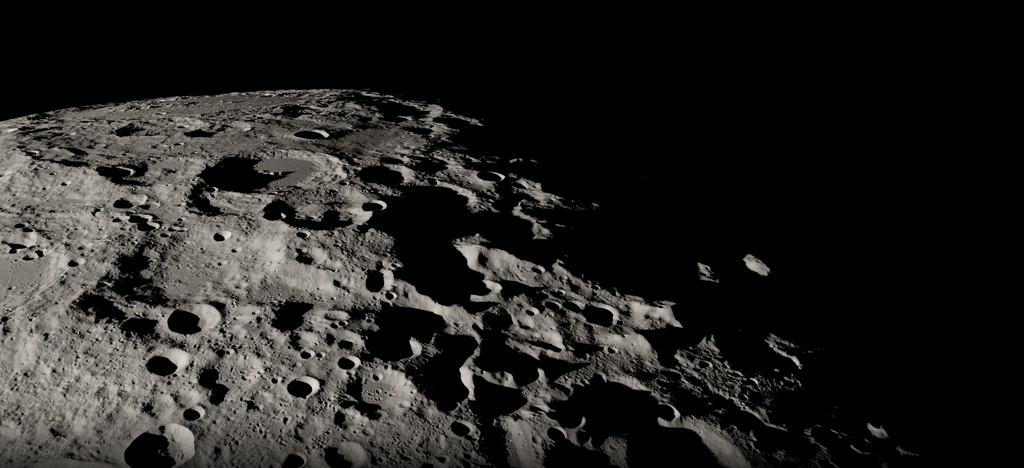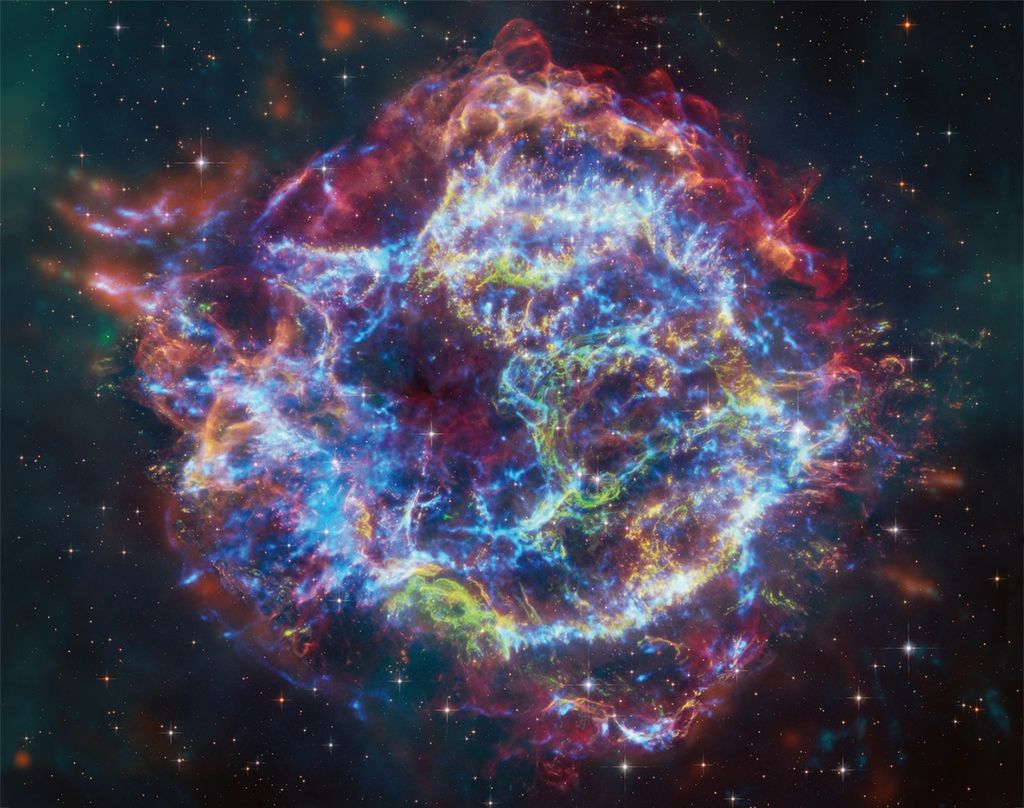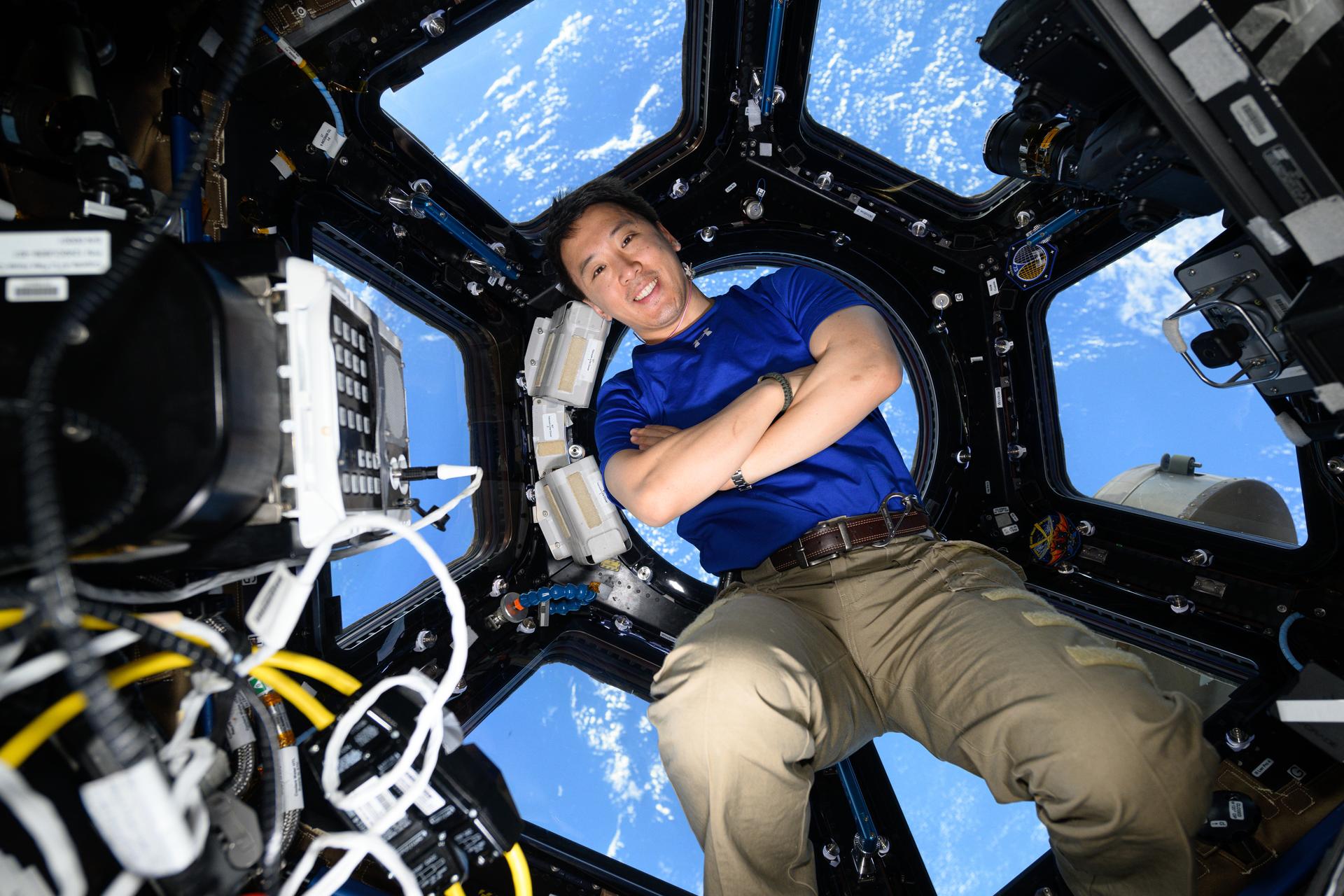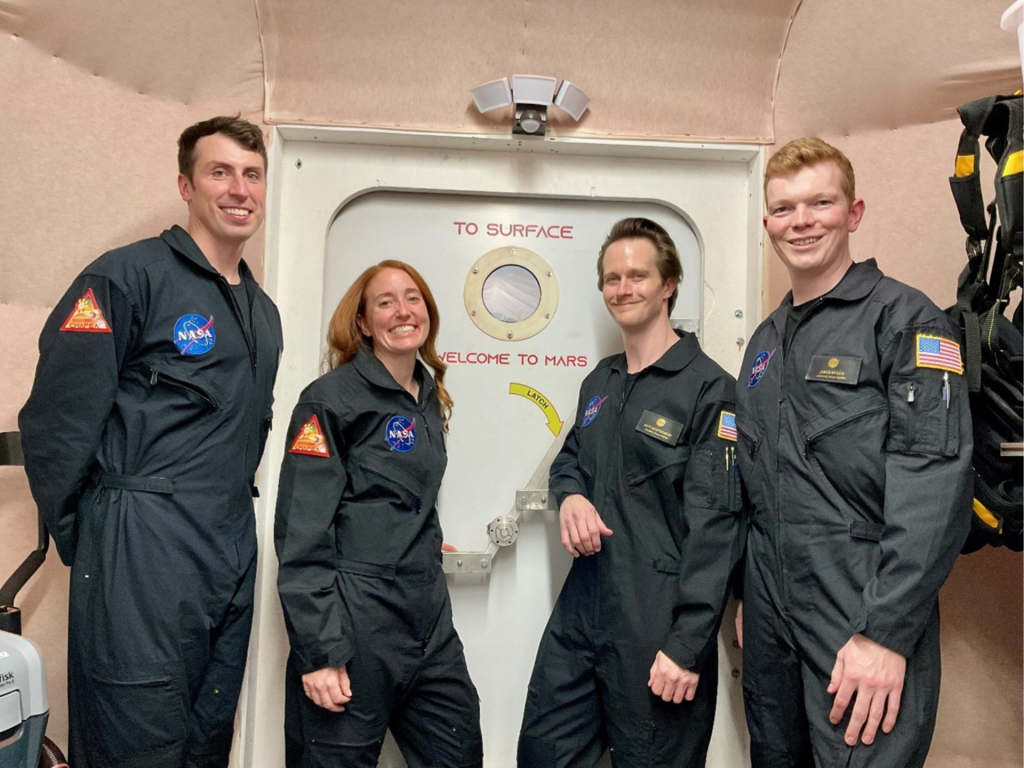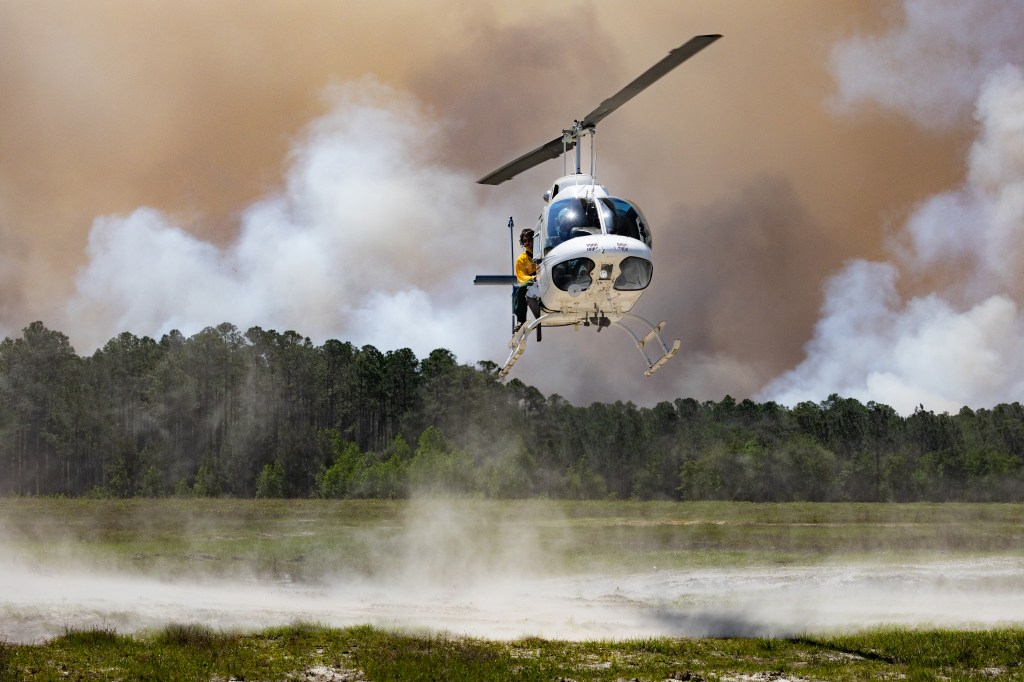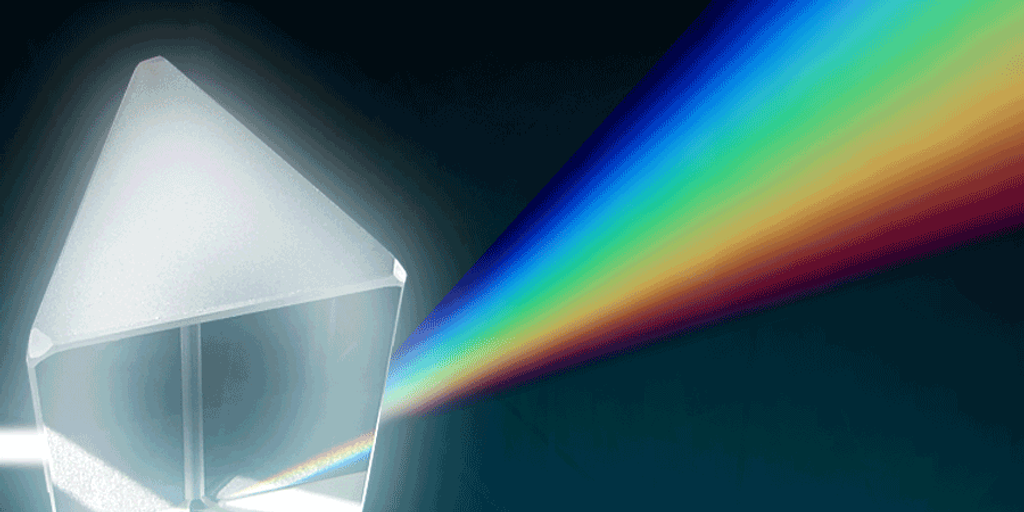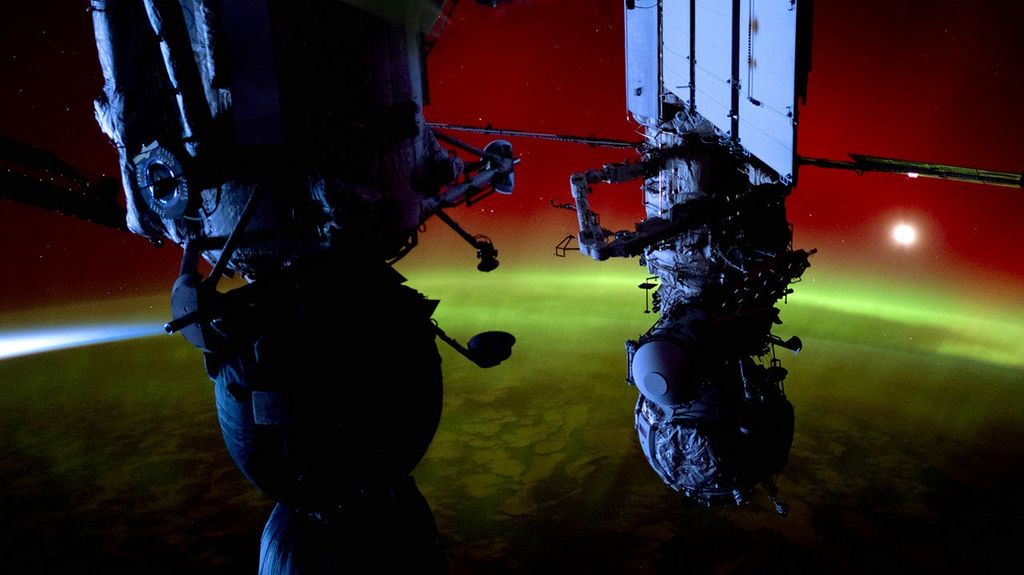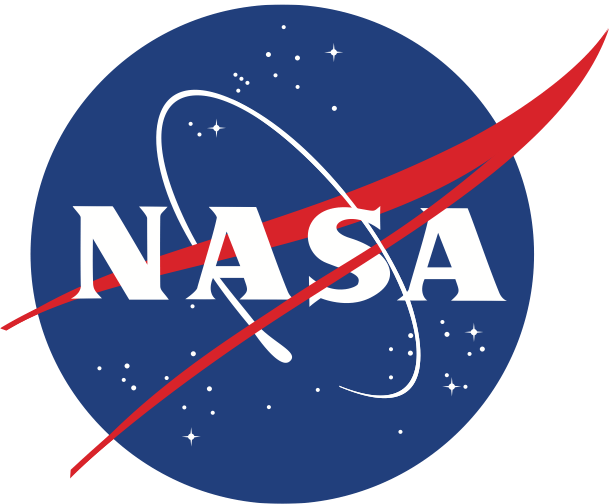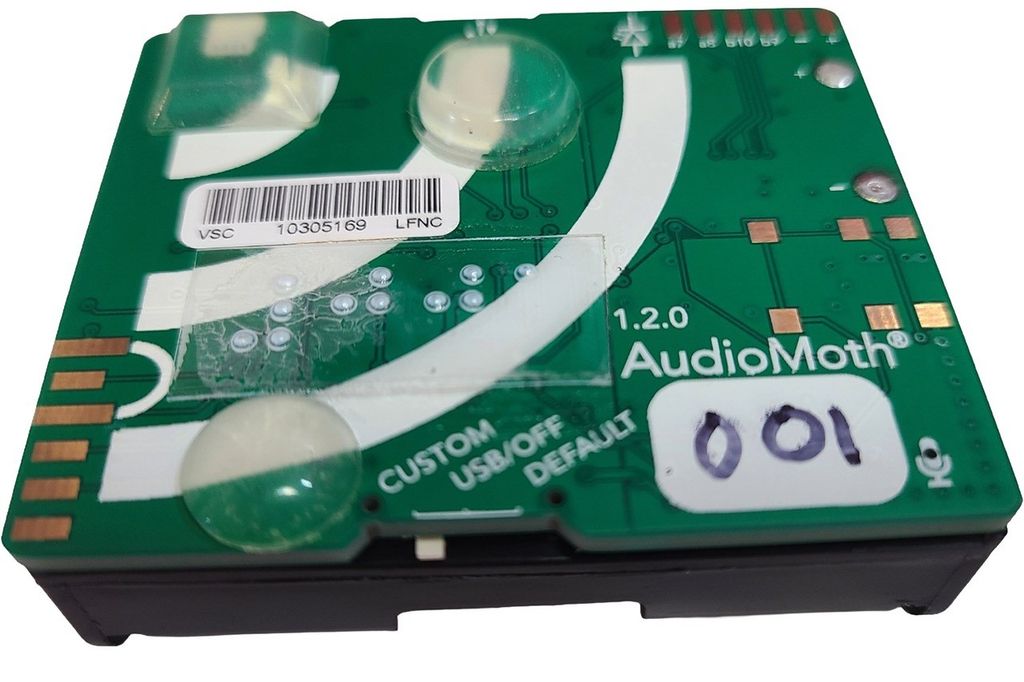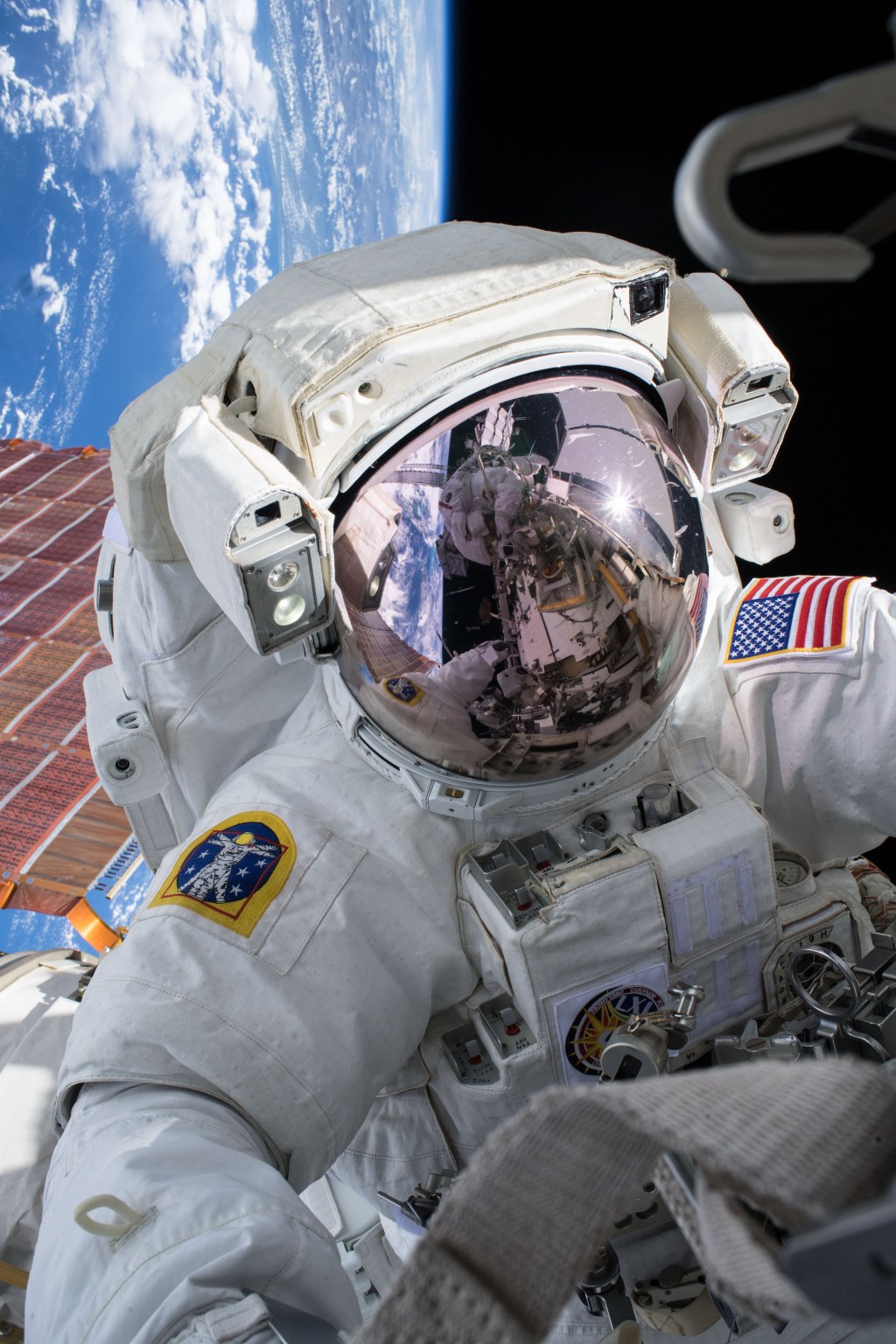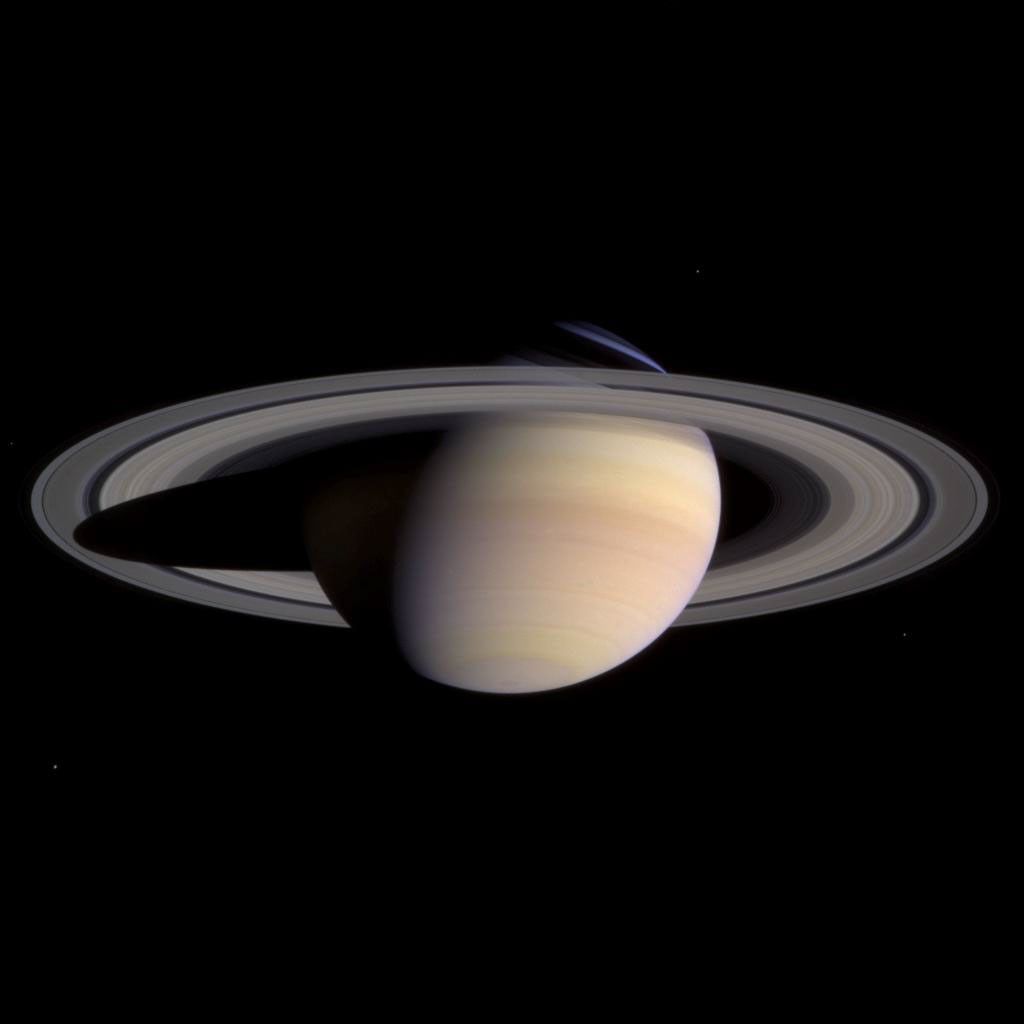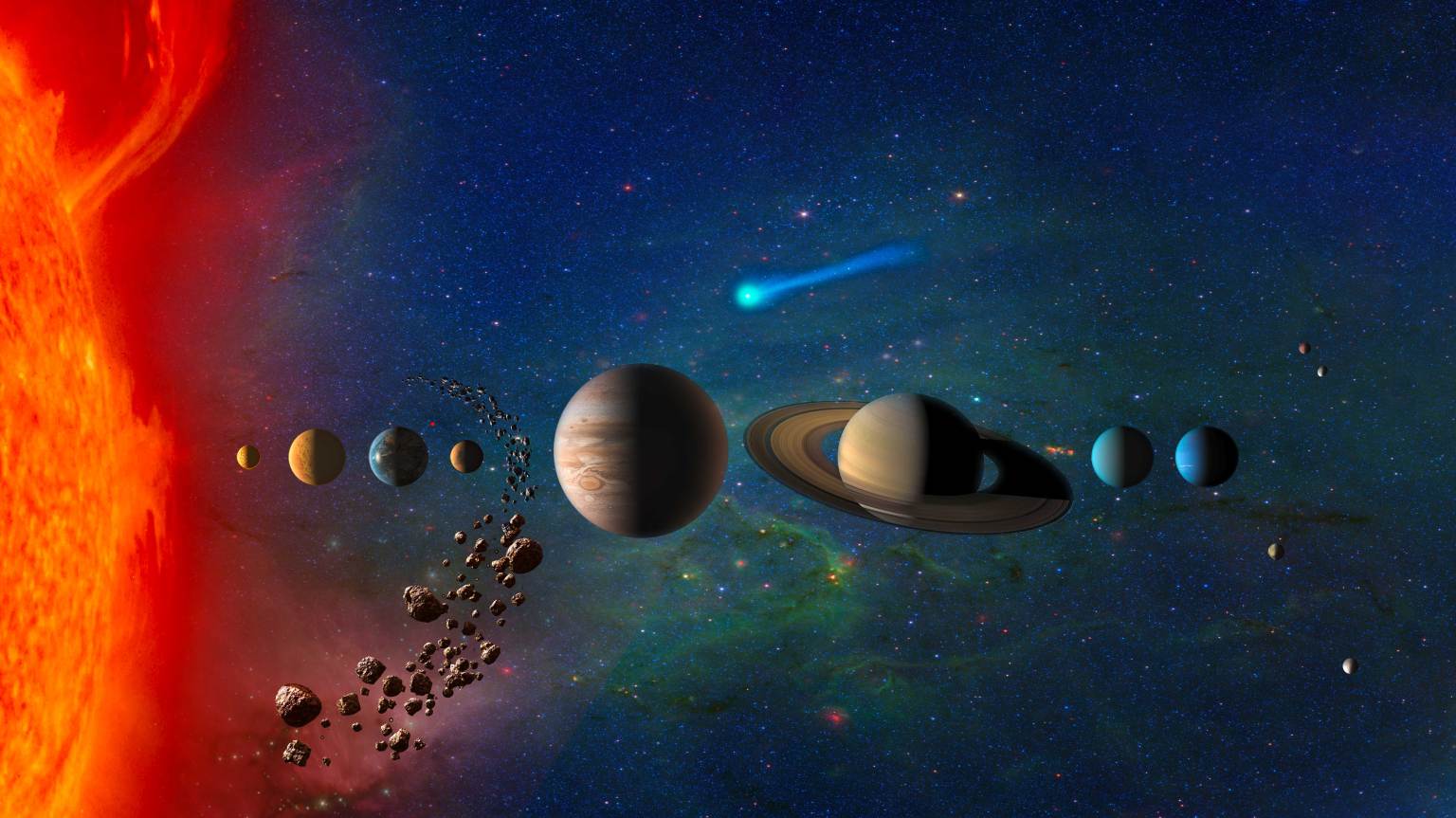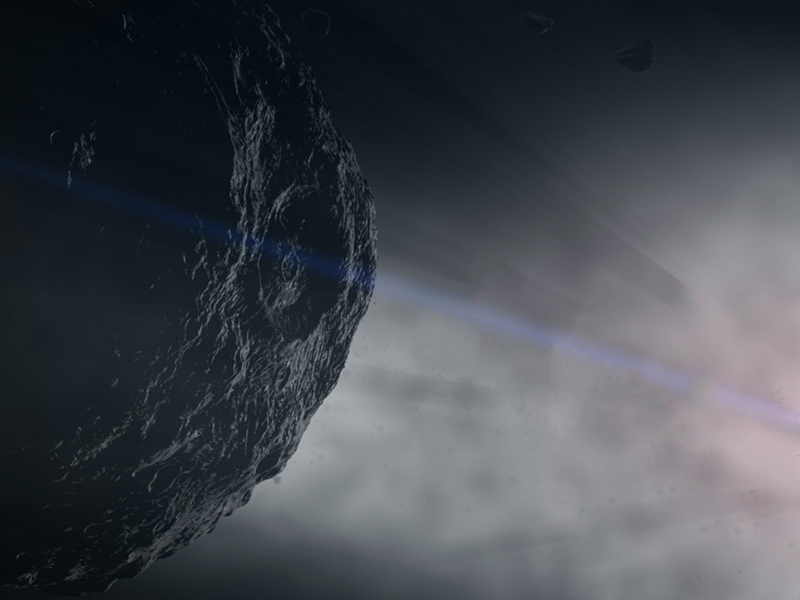At NASA, uncovering the mysteries of our solar system’s origins and evolution – including the search for signs of habitability on other words – drives our planetary science missions.
Through robotic exploration of other planets and small bodies, our instruments and observations are able to peel back the layers of history to discover the foundations of our solar system and understand the processes of evolution that led us to the current formation.
This knowledge also informs our observations of exoplanets and distant galaxies in NASA’s astrophysics studies. And, observing the movement of small bodies such as asteroids is crucial to enabling our planetary defense against potential impacts (note: none is currently of concern).
These robotic explorations also pave the way for future human exploration of the Moon and Mars by scouting landing sites, mapping the terrain, and developing systems that enable human habitation beyond our world.
The direction of NASA planetary science comes primarily from the scientific community in large reports produced every 10 years by the National Academies of Sciences, Engineering, and Medicine (NASEM). These decadal surveys look at key science questions and how data from NASA missions past, current, and future can help answer them. The current decadal survey is “Origins, Worlds, and Life: Planetary Science and Astrobiology in the Next Decade, 2023-2032.”
Additional mission guidance is provided by executive branch priorities and congressional appropriations.
Featured Planetary Science Missions
-
Europa Clipper
Europa Clipper is the first mission designed to conduct a detailed study of Jupiter's moon Europa. There’s scientific evidence that the ingredients for life may exist on Europa right now. The spacecraft will travel 1.8 billion miles (2.9 billion kilometers) to reach Jupiter in April 2030. It will orbit Jupiter and conduct 49 close flybys of Europa.
Europa Clipper’s triangular vault plate, which will protect its electronics from Jupiter’s harmful radiation, features on its outward-facing side an engraving of waveforms and symbols representing the word “water” in 103 languages. Engraved on the other side is a poem by Ada Limón, the U.S. poet laureate at the time of launch, tributes to astrobiology and planetary science pioneers, and a microchip with the names of more than 2.6 million people who submitted their names to travel with the spacecraft.
Launched October 2024.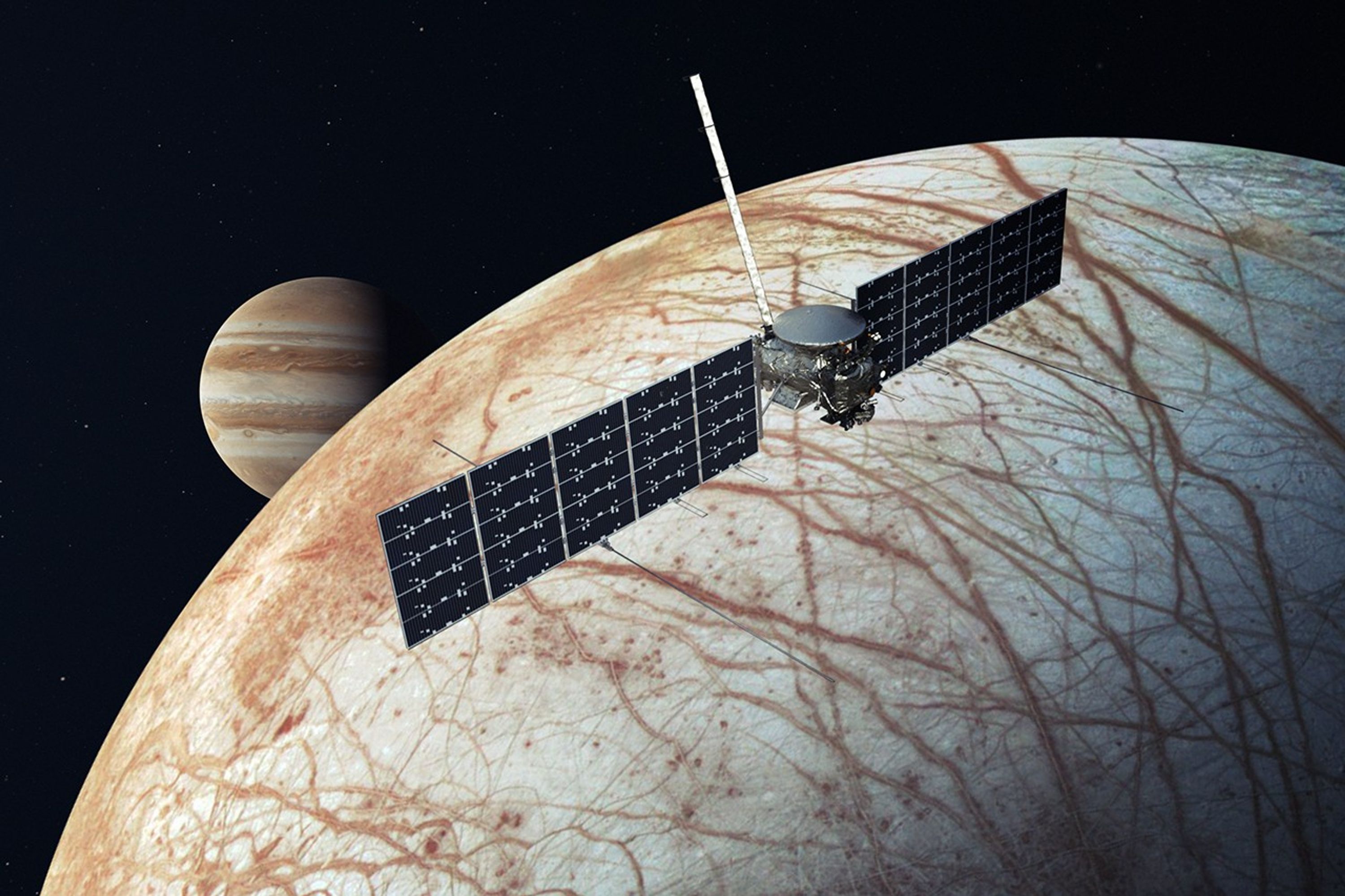 Artist's concept of Europa Clipper at Europa, with Jupiter in the background.NASA/JPL-Caltech
Artist's concept of Europa Clipper at Europa, with Jupiter in the background.NASA/JPL-Caltech -
Psyche
Psyche is on its way to begin exploring asteroid Psyche in 2029. Scientists think the asteroid has a high metal content, and may be the partial core of a planetesimal, a building block of an early planet.
Psyche is propelled by xenon gas, which is ionized by the thrusters to create a gentle push on the spacecraft that builds throughout its journey. The three months’ worth of thrusting will keep the spacecraft on track for its long-planned flyby of Mars in May 2026. The spacecraft will use the planet’s gravity as a slingshot to help it on its way to the asteroid Psyche.
Launched October 2023.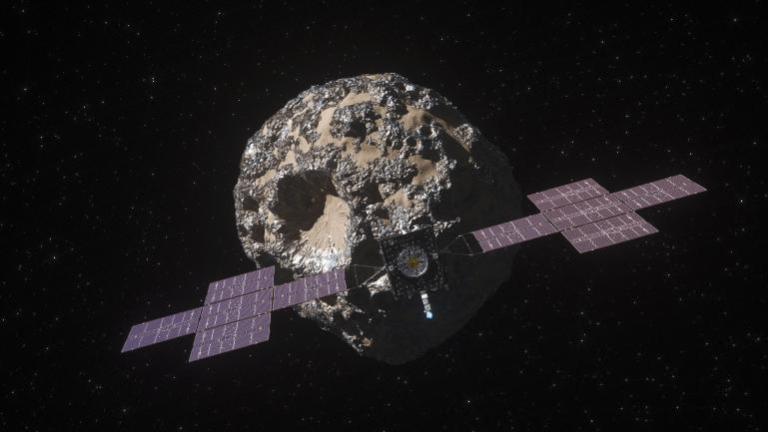 Artist's concept of Psyche spacecraft approaching the asteroid Psyche.NASA/JPL-Caltech/ASU
Artist's concept of Psyche spacecraft approaching the asteroid Psyche.NASA/JPL-Caltech/ASU -
Lucy
Lucy will explore a record-breaking number of asteroids, flying by three asteroids in the solar system’s main asteroid belt, and by eight Trojan asteroids that share an orbit around the Sun with Jupiter.
Lucy has made extraordinary observations and collected valuable data in its first two main-belt asteroid flybys at Dinkinesh in 2023 and at Donaldjohansen in 2025.
Launched October 2021.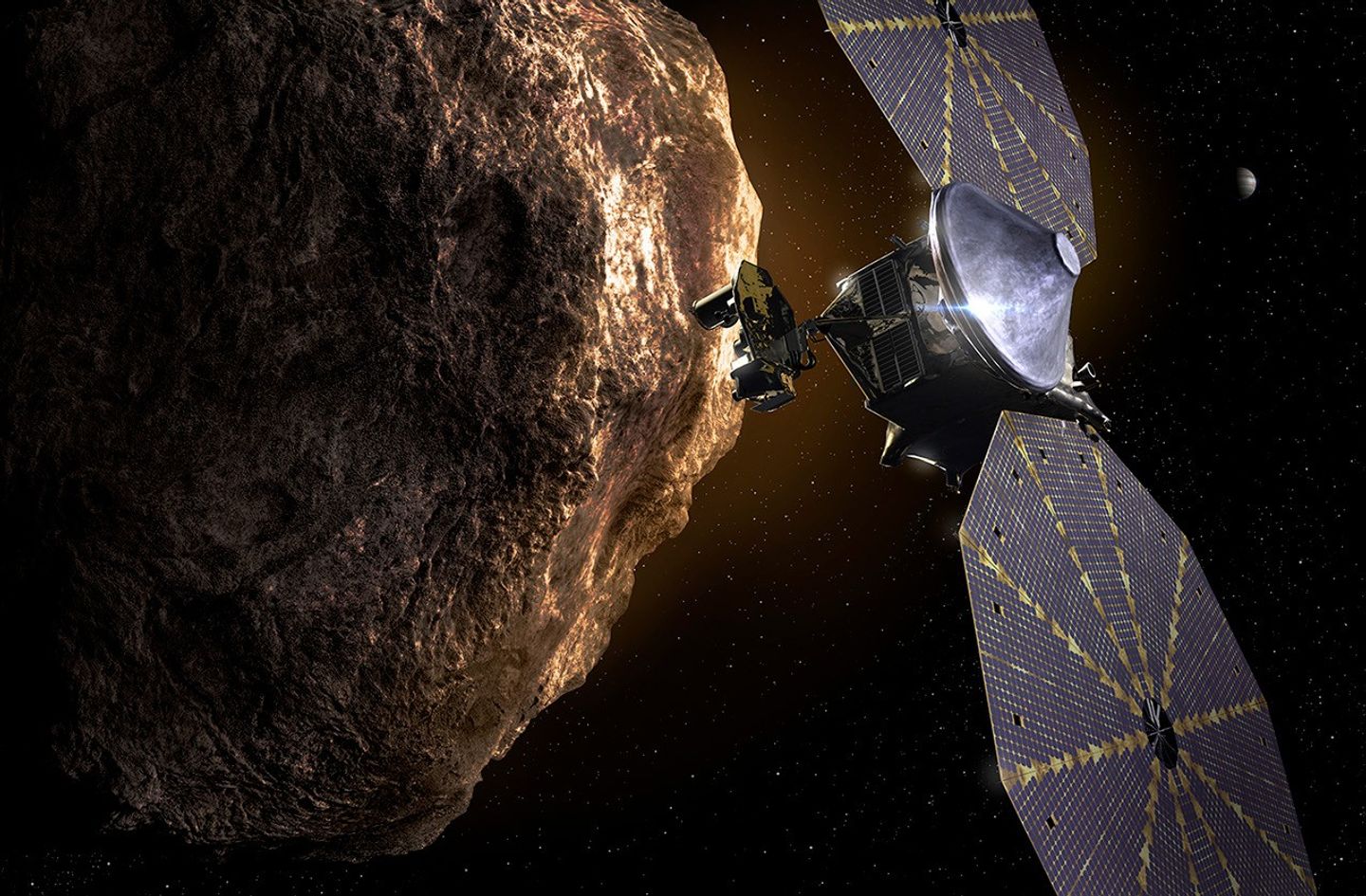 Artist's concept of Lucy at a Trojan asteroid.NASA/SwRI
Artist's concept of Lucy at a Trojan asteroid.NASA/SwRI -
Mars 2020: Perseverance Rover
The Mars 2020 Perseverance Rover searches for signs of ancient microbial life, to advance NASA's quest to explore the past habitability of Mars. The rover is collecting core samples of Martian rock and regolith (broken rock and soil).
Strapped to the rover's belly for the journey to Mars was the Mars helicopter Ingenuity, a technology demonstration that completed 72 historic flights, making it the first aircraft to achieve powered, controlled flight on another planet.
Launched July 2020.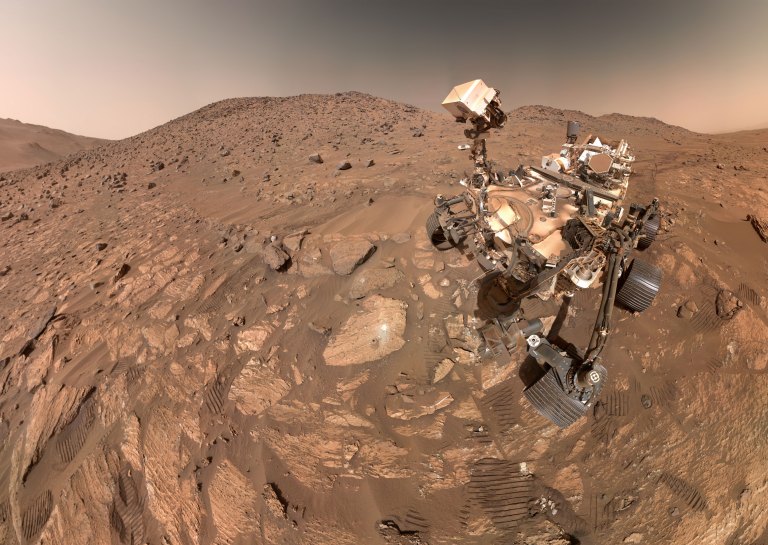 NASA’s Perseverance Mars rover took this selfie, made up of 62 individual images, near a rock nicknamed “Cheyava Falls."NASA/JPL-Caltech/MSSS
NASA’s Perseverance Mars rover took this selfie, made up of 62 individual images, near a rock nicknamed “Cheyava Falls."NASA/JPL-Caltech/MSSS -
NEO Surveyor
Building on the success of NASA's NEOWISE space telescope, NASA's NEO Surveyor is the first spacecraft built specifically to find asteroids and comets that could be potentially hazardous to Earth.
NEO Surveyor's sensitive infrared detectors will track elusive near-Earth objects (NEO), such as dark asteroids and comets that don't reflect much visible light, but will glow in the infrared spectrum as they’re heated by sunlight. NEO Surveyor also will be able to find asteroids that approach Earth from the direction of the Sun, and those both leading and trailing our planet's orbit, where they are typically obscured by the glare of sunlight. All of these are threats that larger ground-based observatories could miss.
Launch: NET September 2027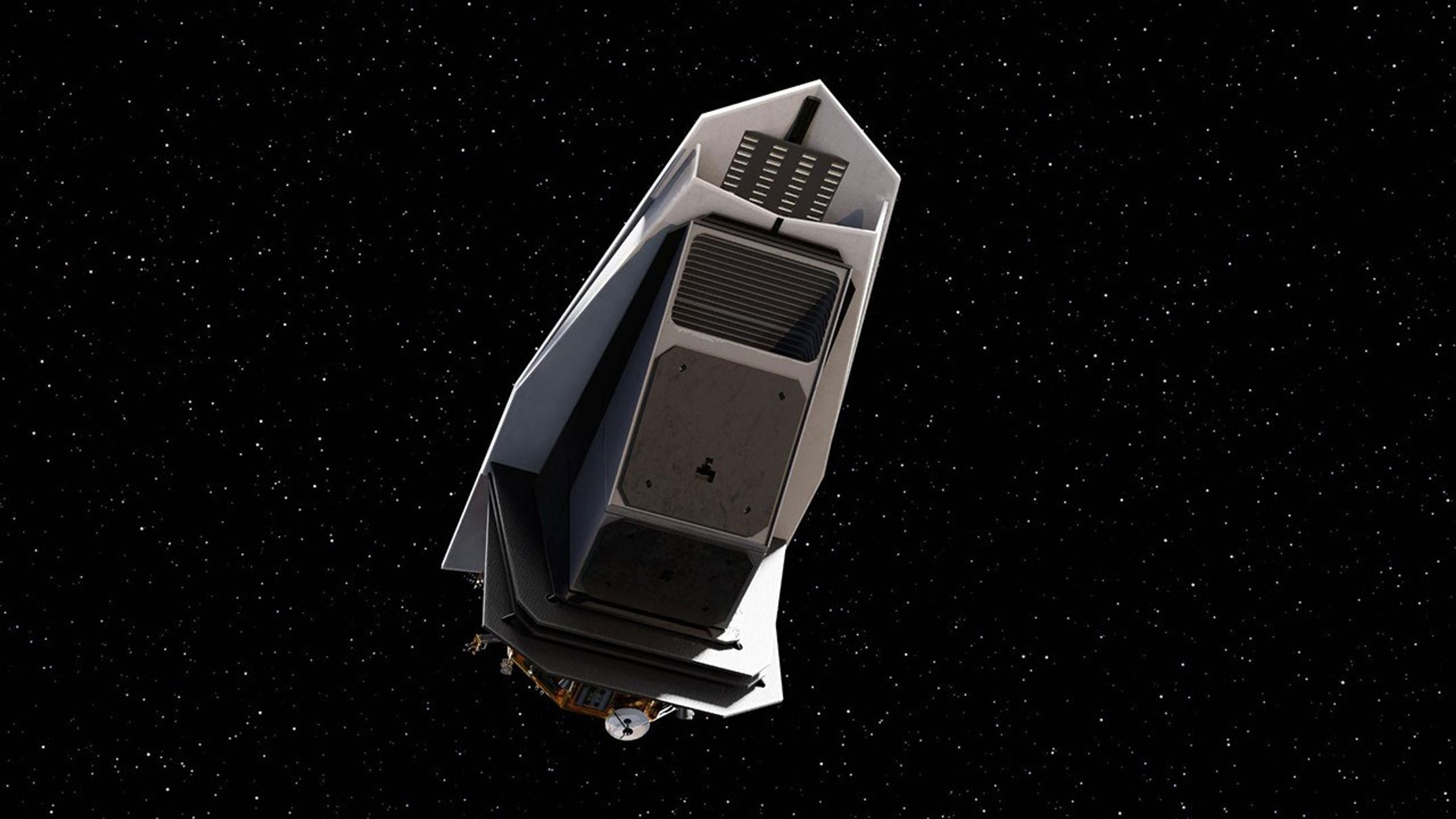 This artist's concept depicts NASA's Near-Earth Object Surveyor (NEO Surveyor) in deep space.
This artist's concept depicts NASA's Near-Earth Object Surveyor (NEO Surveyor) in deep space. -
Dragonfly
Dragonfly, the first-of-its-kind rotorcraft to explore another world, will fly to various locations on Saturn’s moon Titan and investigate the moon’s habitability.
The Dragonfly rotorcraft will break the barriers for exploration of other planetary bodies. Instead of being limited to just the region around its landing site, Dragonfly’s rotors will carry it up to 70 miles (about 115 km) across Titan during its planned 3.3-year mission, stopping to explore a variety of geologically interesting areas along the way, including dunes and Selk Crater.
The exploration of these diverse locations will help to characterize the habitability of Titan’s environment, investigate how far prebiotic chemistry has progressed, identify compounds of astrobiological interest, and even search for chemical indicators of water-based or hydrocarbon-based life.
Launch NET July 2028.
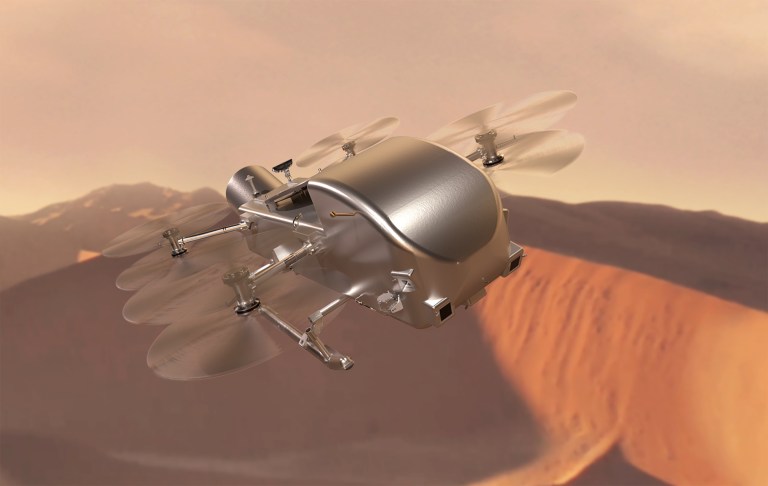 Artist’s concept of Dragonfly soaring over the dunes of Saturn’s moon Titan.NASA/Johns Hopkins APL/Steve Gribben
Artist’s concept of Dragonfly soaring over the dunes of Saturn’s moon Titan.NASA/Johns Hopkins APL/Steve Gribben
Planetary Science Resources

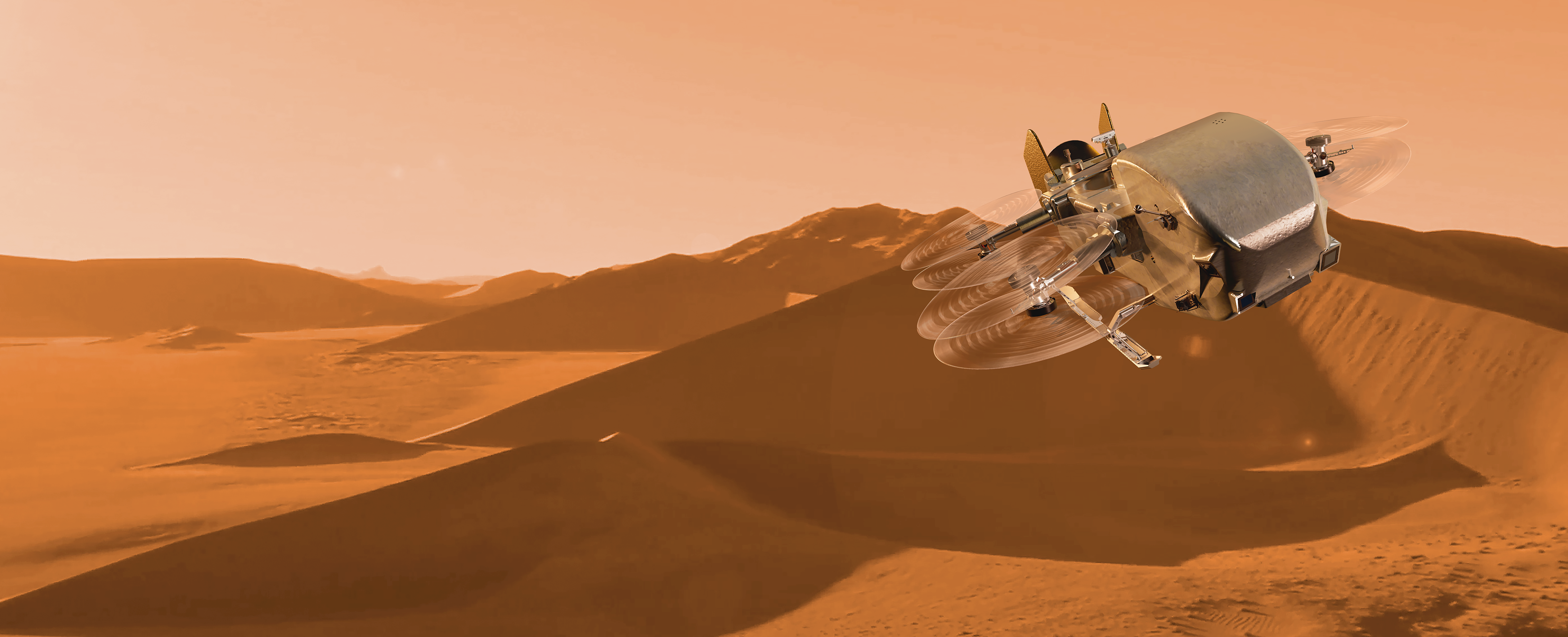
NASA Science Mission Blogs
Follow the latest updates on the status of NASA science missions.
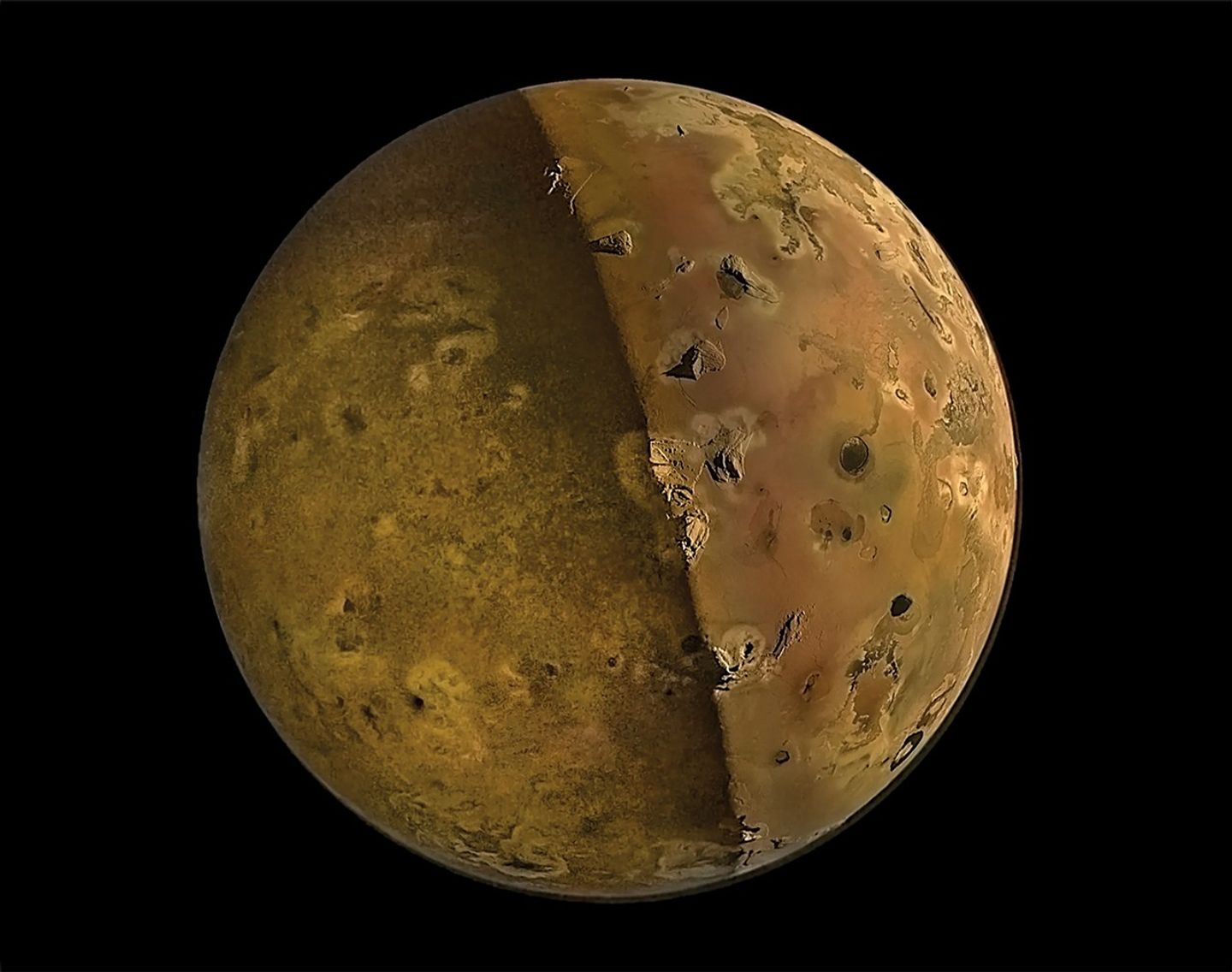
Citizen Science
You can do planetary science by getting involved with one of the projects here.
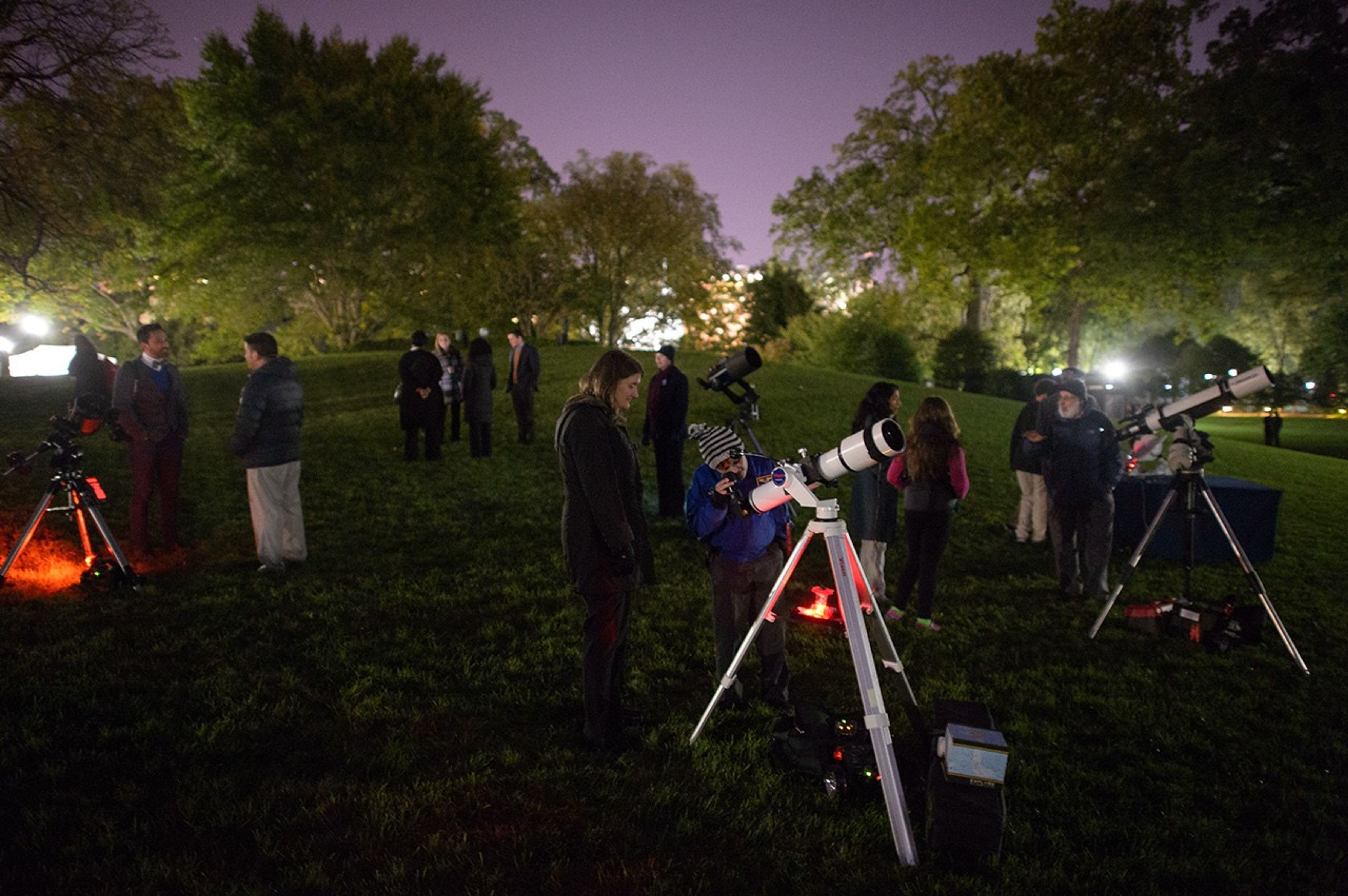
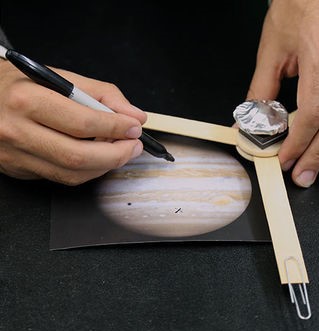
Solar System Resources
Videos, activities, and more about our solar system and NASA missions.


Planetary Data Ecosystem
Easy access to planetary data, software tools, standards, and resources.
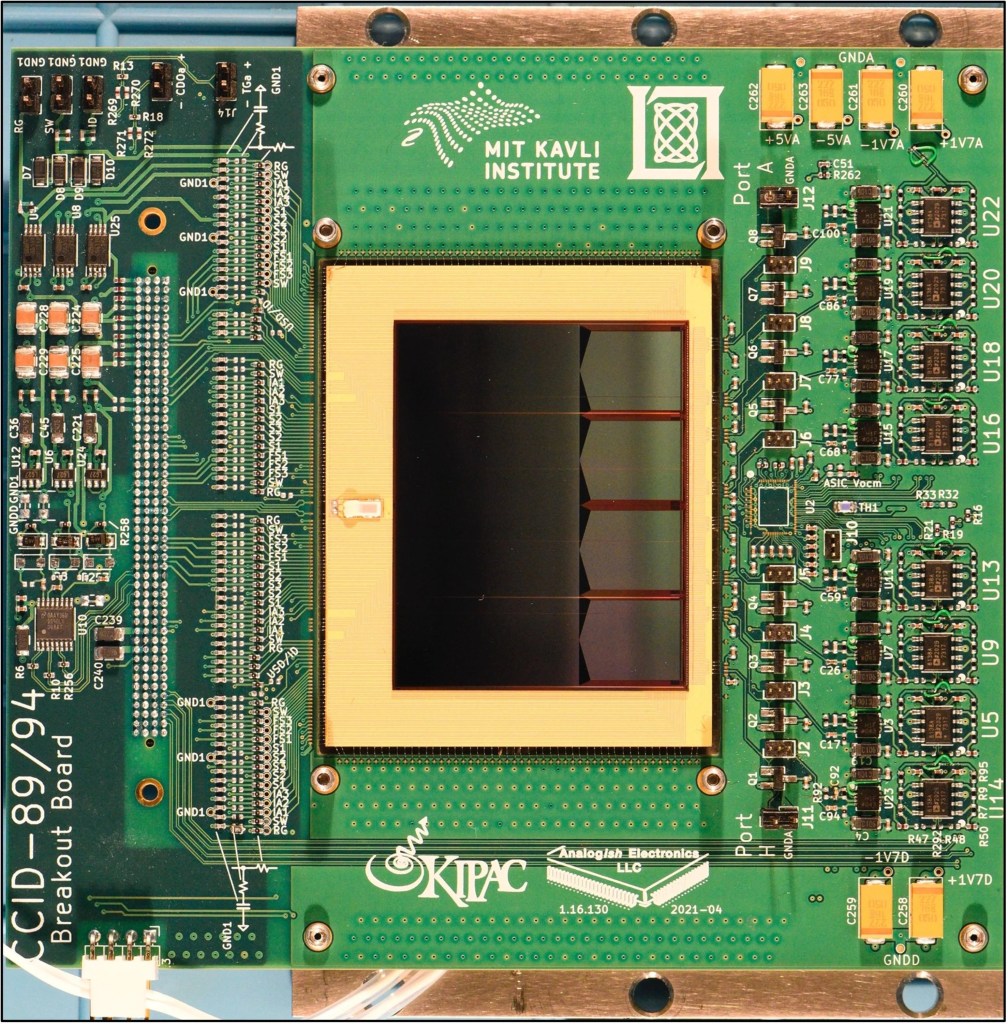
Data and Computing Architecture Study
Final report on SMD's computing infrastructure and transition to open science.


